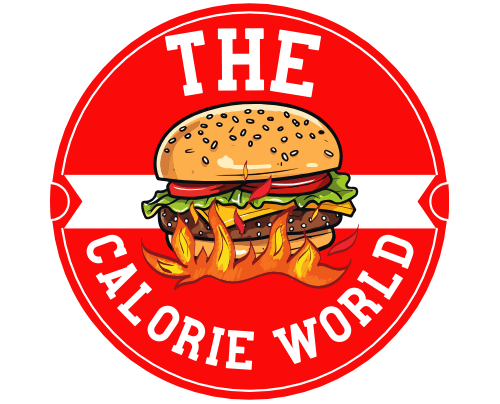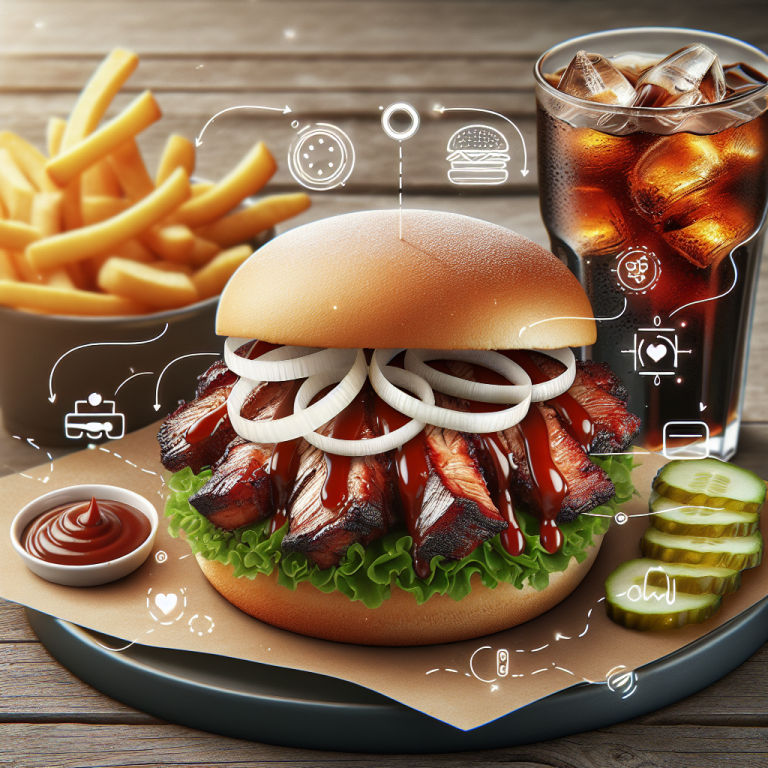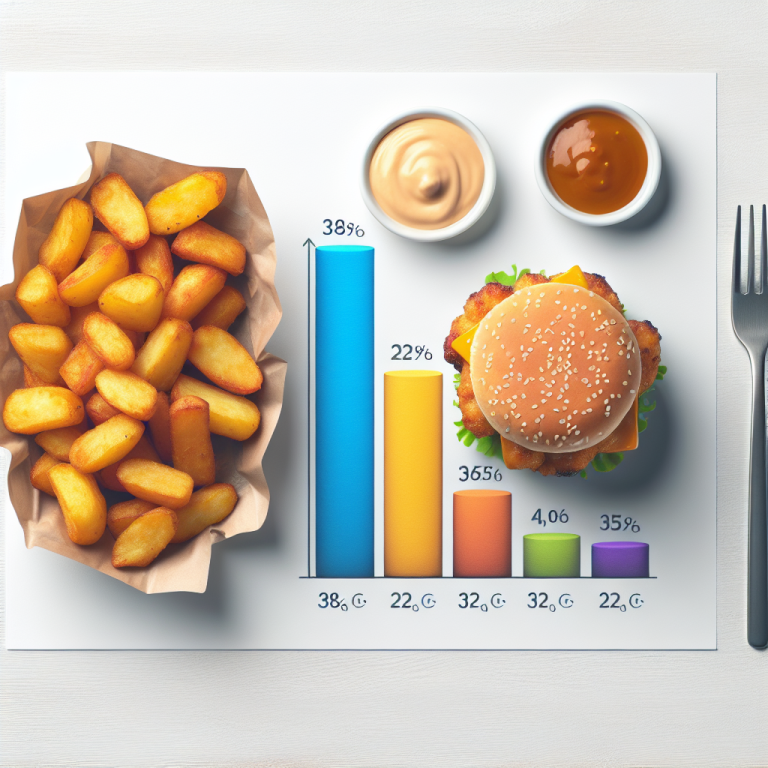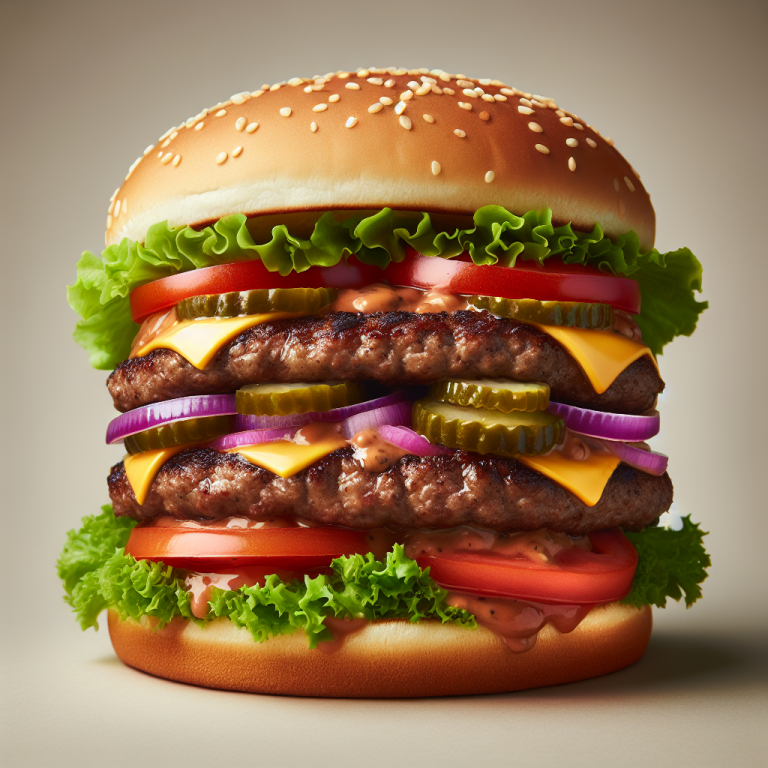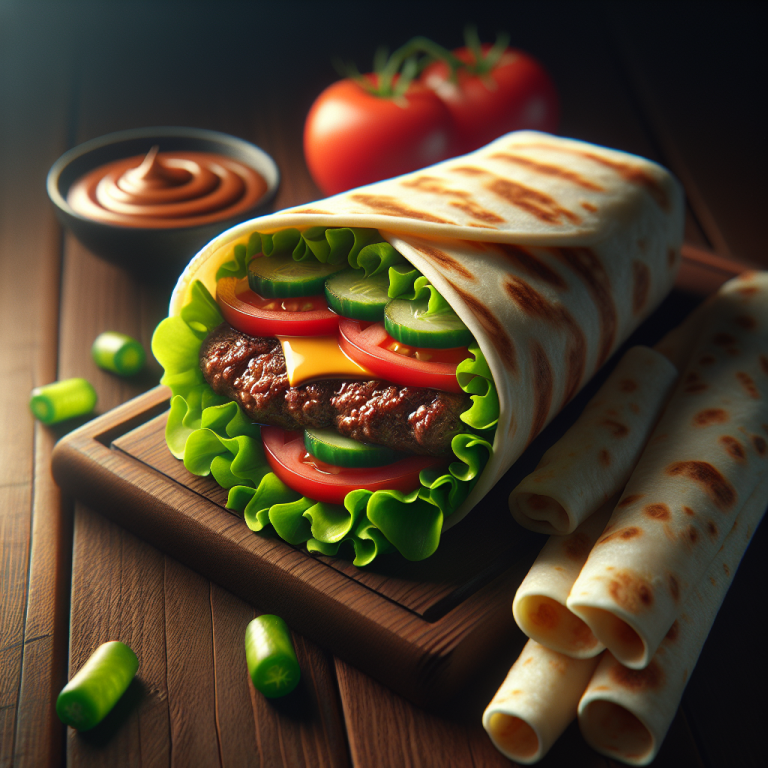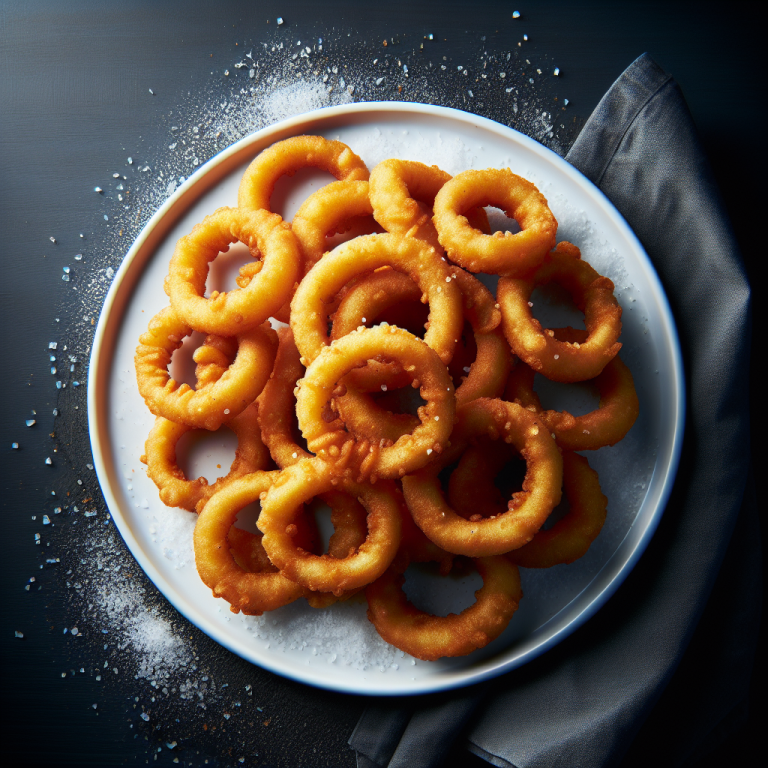Pink Burger King
The Pink Burger King has created quite a stir among fast-food enthusiasts. With its vibrant color and enticing flavor, it’s not just a feast for the eyes but also for the body.
This iconic burger is often accompanied by unique toppings that enhance its appeal. Nutritionally, it offers a blend of protein, fats, and carbohydrates, making it an interesting choice for a quick meal.
Let’s take a closer look at its nutritional profile and discover how it fits into a balanced diet.
Nutrition Facts
Serving Size 1 large burger (250g)
Amount Per Serving
Calories500
| Total Fat | 25.00 g | 32% |
| Saturated Fat | 10.0 g | 50% |
| Trans Fat | 0 g | 0% |
| Cholesterol | 75 mg | 25% |
| Sodium | 1000 mg | 43% |
| Total Carbohydrate | 40.0 g | 15% |
| Dietary Fiber | 3 g | 11% |
| Total Sugars | 5 g | 5% |
| Protein | 25 g | 50% |
| Vitamin D | – | 0% |
| Calcium | 100 mg | 8% |
| Iron | 3 mg | 15% |
| Potassium | 600 mg | 12% |
Nutrient Distribution
Calorie Burn Time
How long would it take to burn off total calories from 100g of the Pink Burger King?
FAQs
Conclusion
The Pink Burger King is an intriguing option that offers both taste and a decent amount of protein. While it has its share of fats and sodium, it can be enjoyed as part of a balanced diet when eaten in moderation. This burger can satisfy cravings without completely derailing nutritional goals, making it a fun treat for fans of fast food.
